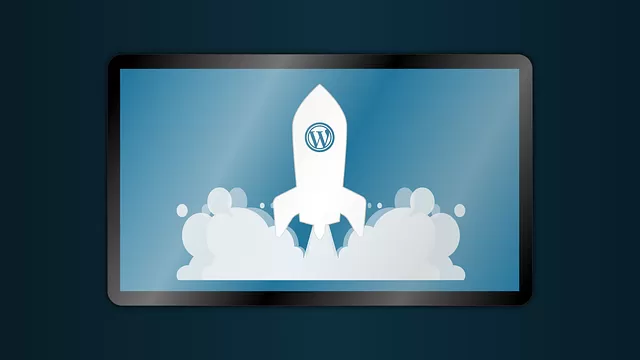
While it’s praised for its ease of use and user-friendliness, it can also be resource-hungry. Fortunately there are simple fixes to said issue.
AVOID FANCY DESIGNS AND ANY GIMMICKS YOU WON’T BE USING
Make sure first and foremost that your website is fast-loading and message-focused before elegence – otherwise, you’re going to have a site that doesn’t convert well. Having a slider, for example, is nice but you will have to resize the images considerably so it doesn’t slow nearly everything (literally) down.
CHECK YOUR WEBSITE PLUGINS CAREFULLY
Sometimes what’s most resource-demanding is hidden behind the scenes because of plugins. Disable them one by one and test your site’s performance; then verify CPU usage when they’re turned off. Doing this will show you which you need to remove or replace.
OPTIMIZE IMAGES
Just as mentioned regarding your slider/s, if you don’t optimize them, they will demand their share of resources, rendering WordPress to operate less than optimally. We recommend a plugin call “resmush.it” which is very fast at such a process, and optimizes images upon upload.
GET A CONTENT DELIVERY NETWORK
By doing so, like using Cloudflare for instance, certain static files on your site (images, videos, etc.) are loaded from external servers, leaving more power for WordPress. Ergo, usage spikes are prevented.
CLEAN THE DATABASE REGULARLY
It’s not just the WP database that must be taken care of – many plugins grow in size over time by cluttering said database and require regular cleanups. There are plenty of plugins available for database cleanups and don’t require technical knowledge.
GET A CACHING PLUGIN
Instead of generating content every time a particular user visits your website, such a plugin will create static versions of your site’s webpages. Therefore, CPU usage is decreased even further.
